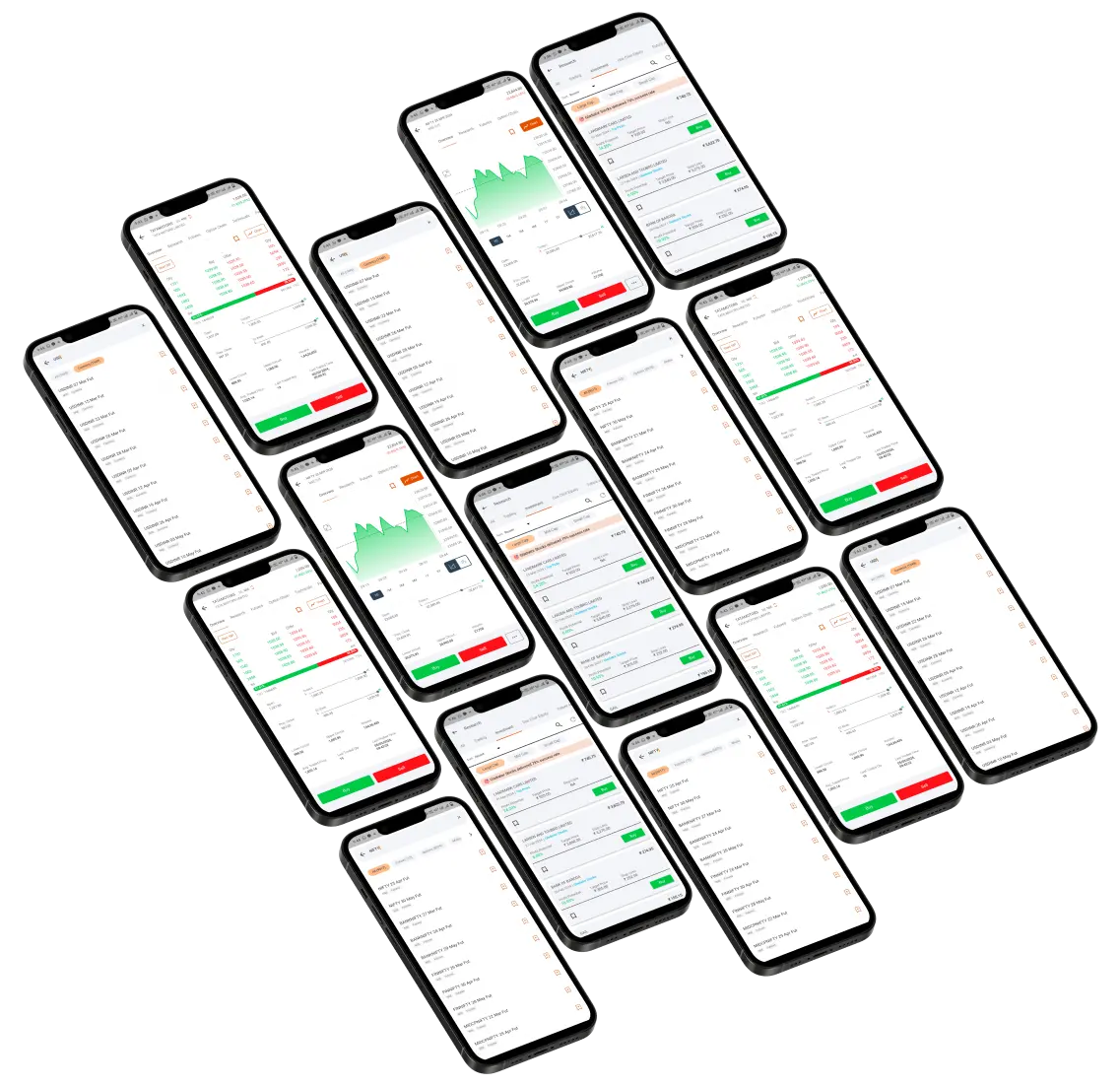
Understanding the Risk Profile: Definition, Importance, and Examples
If you invest in an asset without knowing the risk, you make a rudimentary investment mistake. Risk management is one of the fundamental concepts in investing. A critical element of risk management is knowing your risk profile. Through this article, we aim to provide an understanding of what a risk profile is, why it is essential, and how you can assess and manage your risk profile.
What is a Risk Profile?
A risk profile is a detailed evaluation of your willingness and ability to take on risk. It not only applies to investors but also to businesses. However, in this article, we will keep our focus on investors. Risk profile involves assessing various factors that contribute to risk tolerance, including financial goals, time horizon, and risk appetite.
Components of a Risk Profile
Let us understand the vital elements of the risk profile:
Component 1: Risk Tolerance
It refers to your ability to endure the fluctuations in the value of your investments without making emotionally driven decisions. It's essentially a measure of how comfortable you are with the idea of your investments experiencing ups and downs. If you are comfortable when you see your portfolio down by 30% or 40%, it means that your risk tolerance is high. On the other hand, if you have sleepless nights when your portfolio bleeds red, it means your risk tolerance is low.
Component 2: Risk Appetite
It is a more subjective measure, reflecting your willingness to take on risks in pursuit of potentially higher rewards. It's an expression of your personal philosophy towards risk and reward. Your risk appetite can change with time. For example, if you are in your 20s and have no dependents, your risk appetite is high. However, once you get married and start a family, your risk appetite will automatically go down.
While risk tolerance and risk appetite are distinct, they work together to form your overall risk profile. You need to strike a balance that aligns with your financial goals and emotional comfort. Your risk profile can evolve over time, influenced by changes in your financial situation, investment experience, and market conditions.
Importance of Assessing a Risk Profile
Every investor must know their risk profile before making any significant investment. Why do we say it? Let us tell you the importance of a risk profile, so the next thing you do after reading this article is assess your risk profile.
- Customized Investment Strategies: Once you understand your risk profile, it allows for the development of customized investment strategies that align with your preferences and financial objectives. When you start investing based on your risk profile, your financial journey becomes smoother.
- Balancing Risk and Return: A well-defined risk profile helps strike a balance between risk and return. It ensures that investment decisions align with the level of risk you are comfortable taking.
- Stress Testing: Assessing risk profiles involves stress testing investments under different scenarios. It helps identify potential vulnerabilities and allows for adjustments to the portfolio to enhance resilience.
- Decision-Making: Informed decision-making is a key benefit of understanding one's risk profile. It prevents impulsive actions during market fluctuations and ensures a disciplined approach to investing.
Examples of Risk Profiles
Now that you know the importance, let us look at different examples (types) of risk profiles. Below are three broad-level categories of risk profiles:
Conservative Risk Profile: An individual with a conservative risk profile prioritizes capital preservation and is less tolerant of market volatility. They may prefer low-risk investments, such as government bonds or blue-chip stocks, even if it means lower potential returns.
Moderate Risk Profile: A moderate risk profile indicates a balanced approach, where an individual is willing to accept a moderate level of risk for the potential of higher returns. It might involve a diversified portfolio with a mix of stocks and bonds.
Aggressive Risk Profile: An aggressive risk profile suggests a higher tolerance for risk and a willingness to pursue higher returns, even if it means enduring significant market fluctuations. This profile may involve a focus on growth stocks, venture investments, or other high-risk, high-reward opportunities.
Your risk profile can fall somewhere between the two categories. For example, your risk profile can also be moderately aggressive. You can consult a financial advisor or your online tools to know your risk profile.
Before you go
Understanding and assessing your risk profile is a critical step in the financial planning and investment process. It enables you to make informed decisions that align with your unique financial circumstances, goals, and risk tolerance. By taking a thoughtful and customized approach to risk, you can navigate the complexities of the financial markets with greater confidence and resilience.










